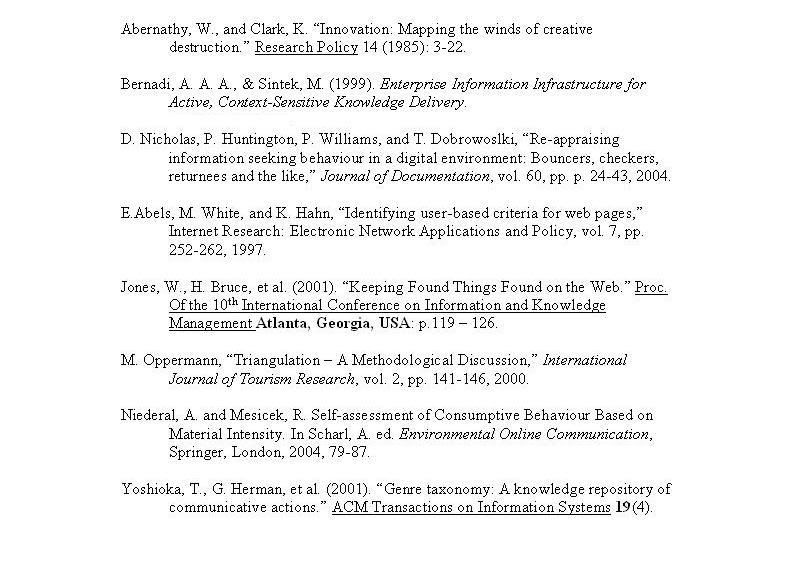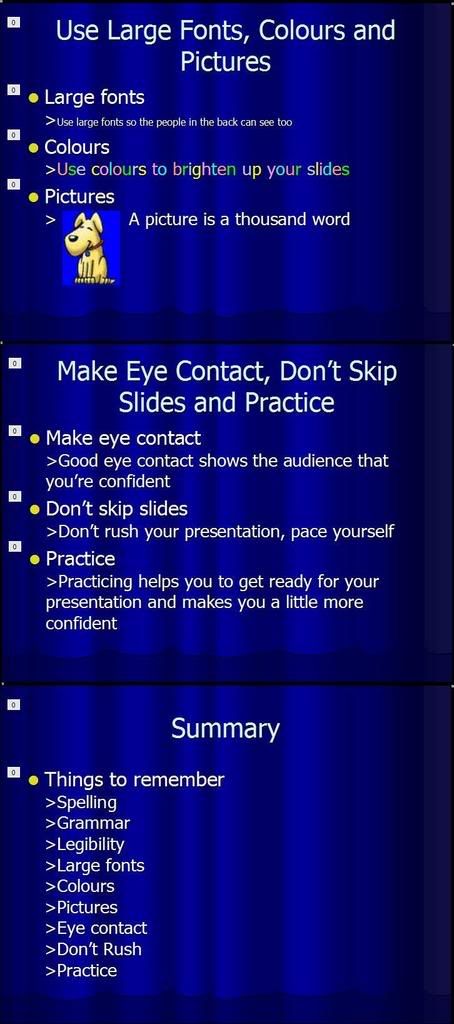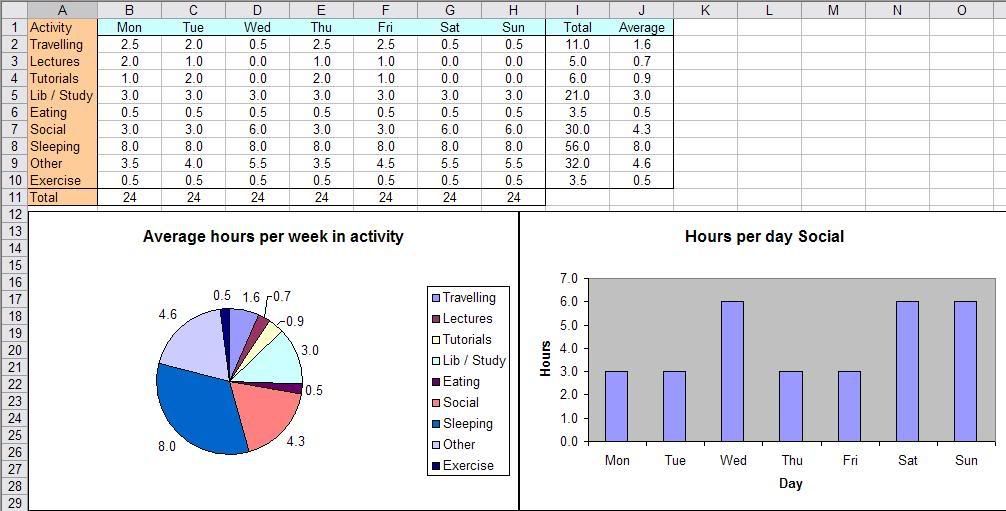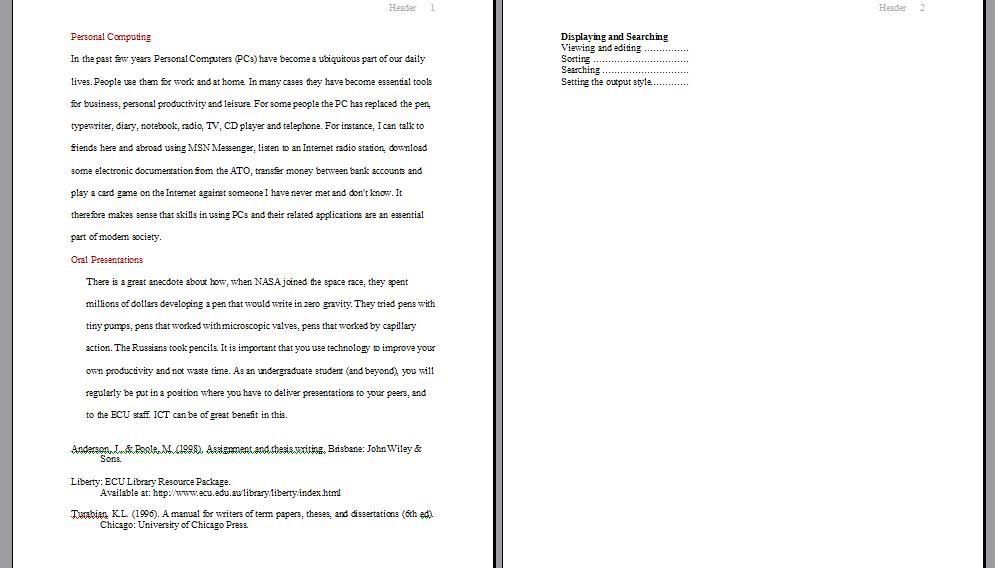Communications has changed so much over the past 20 years because of Information and Communication Technology (ICT).
There are networks for communications.
There are 4 types of communications. eg chat rooms, forums, MSN messenger and email.
Synchronous - Communicating at the same time. eg phone calls. (Same Time)
Asynchronous - Takes turns in communicating. eg emails. (Different Time)
“Place” Dependent - Have to be in same place to communicate. eg LAN games. (Same Place)
“Place” Independent - Can be anywhere to communicate. eg MSN messenger. (Different Place)
Some ICT’s are mobiles, videos, webcams, ipods, mp3 players, lap-tops, PDAs and emails.
Emails aren’t used for confrontation and complaining.
Emails are 1D and they can be forwarded to anyone to read.
Electronic journals and newsletters have a wide range of topics and subjects from academic journals to magazines, it’s updated frequently and is free most of the time.
Podcasts can be subscribed which allows new podcasts deliveries when they’re available, an abundant of broadcasters and topics to select from and they’re portable.
Forums are where people meet to discuss views and ideas, to inform them of news and announcements and to help each other with problems.
ICT’s are an invaluable source of information.
In Google in GROUPS, I entered ‘Naruto Shippuuden’ (anime). The groups it came up was in Arts and Entertainment, Computers - Games, Other and Recreation. The forums talked about the episodes that anime series was on, they discussed the characters in the anime and had links to sites related to the anime.
In
http://podcasts.yahoo.com/ I entered ‘Naruto’ (anime) and listened to 2 podcasts. Then I looked around in
http://podcast.osx.ecu.edu.au/index.html.
The potential benefits for university students from podcasting are being able to gain access to educational material at anytime and place that will help the student the most. It’s free most of the time and can be in a range of formats and it can be stored in mobile devices which could be used anywhere. Examples of some podcasts that helps students are recordings of lectures, tutorials, research, interviews and speeches.
Logged into ECU emails and created folders for each unit.
We sent an ECU email to a friend that was in the class.
We looked at forums in Google GROUPS.
We looked at podcasts in 2 podcasting websites.
Recorded what we did while we were in the forums and podcasts.







